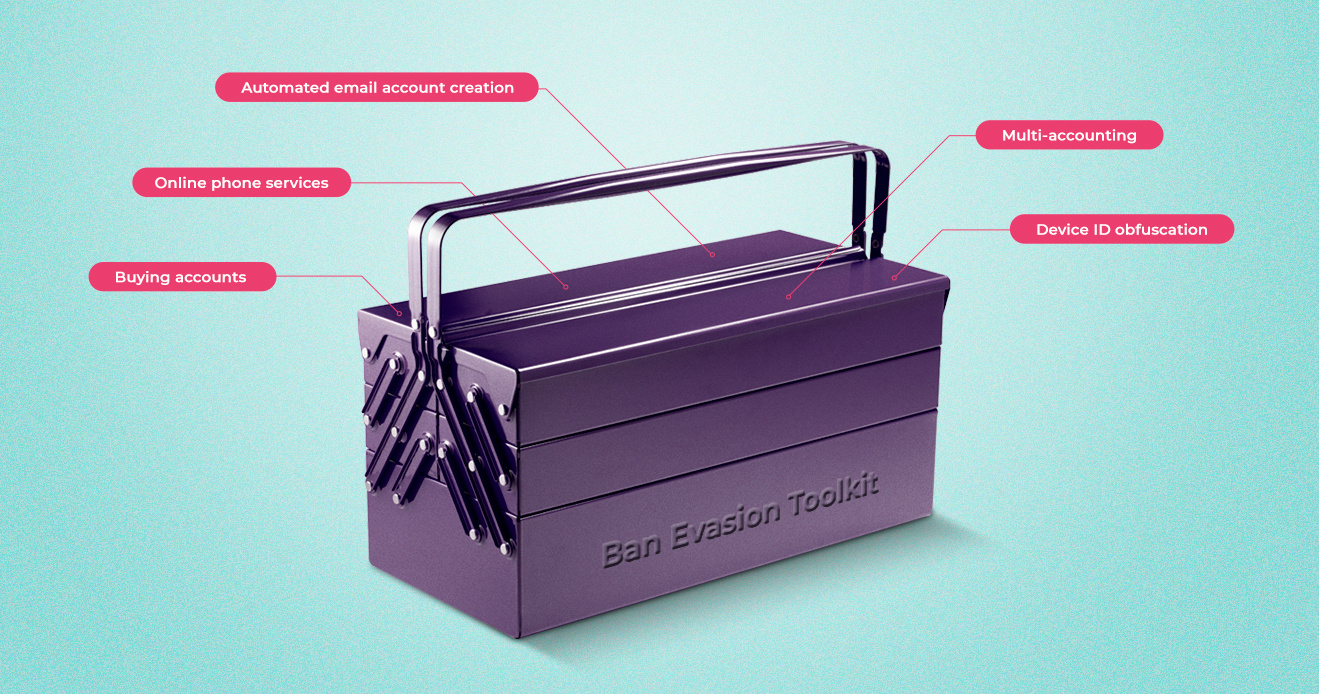- Blog
- MRC 2021 Global Fraud Survey [3 Key Takeaways]
MRC 2021 Global Fraud Survey [3 Key Takeaways]
Observations on the recently released MRC 2021 Global Fraud Survey
Subscribe to the Incognia Newsletter
Last week at the MRC (Merchant Risk Council) annual conference in Las Vegas I had the chance to hear in person the results of the 2021 MRC Global Fraud Survey produced by MRC in partnership with Cybersource. Listening to the presentation there were three key data points that caught my attention, related to our ability as an industry to detect and prevent fraud.
1. Fraud is scaling
The first and most important insight was that the percentage of eCommerce revenue lost to payment fraud has increased from 2.4% in 2019 to 3.1% in 2021. This is the single most important KPI for a fraud fighter because it shows that fraud is scaling. While fraud is often considered a cost of doing business, with a CAGR of 13.5%, in 10 years fraud losses could represent more than 10% of global eCommerce revenue, which is unsustainable.
In 2020, we saw a similar pattern in the financial services industry. Even though mobile banking usage grew more than 90%, losses due to identity fraud grew 230% according to Javelin Research. Overall, fraud is scaling everywhere.
2. Mid-market merchants are being hurt the most
The second key insight from the survey is that companies with $5-$50M annual eCommerce revenue are the most affected by fraud losses. In my opinion, this has a lot to do with the cost of implementing fraud tools. Still today, most leading fraud prevention tools are hard to integrate, leading to long and costly integration projects. Most tools also charge for trials, which creates a barrier for merchants that want to experiment before committing to a larger implementation. In addition, many tools are difficult to use and require ongoing professional services. The good news is that there are new tools available that deliver no-code or low-code fraud prevention solutions. Spec-Trust is a good example, they are pre-integrating with most of the leading tools to facilitate the deployment process for merchants.
3. Merchants are using fewer fraud prevention tools
The third key insight that the survey revealed is that merchants have reduced the number of tools they use from ten to five, on average. This indicates that merchants are either seeking cost-savings or trying to reduce the complexity of their fraud prevention stack. This doesn’t seem the best solution when fraud is currently scaling faster than eCommerce businesses are growing. This is not the time for consolidation of the toolset because the market and fraud landscape is still changing very rapidly.
Changes to the market landscape include new demographics, mobile becoming the dominant platform, and overall consumer habits changing rapidly because of the pandemic. New formats of eCommerce and payments have grown quickly including BOPIS (buy online, pickup in-store) and BNPL (buy now, pay later). And fraudsters are similarly innovating their techniques.
To combat increasing fraud, companies need to implement multiple layers of security and be able to adopt new tools and adapt fraud prevention strategies to effectively defend against new types of fraud. To streamline the integration and deployment of fraud prevention tools, companies now have the option to adopt no-code or low-code tools.
The war on fraud is far from over. Merchants need to keep investing in their defenses instead of reducing the number of tools they use.
The presentation of the MRC 2021 Global Fraud Survey results was one of the highlights of the annual conference, along with being able to actually meet people in person at an industry event. This was the first in-person event for me in 18 months. Thanks for all the great conversations.

![MRC 2021 Global Fraud Survey [3 Key Takeaways] Featured Image](https://www.incognia.com/hubfs/Screen%20Shot%202021-09-03%20at%203.10.29%20PM.png)


